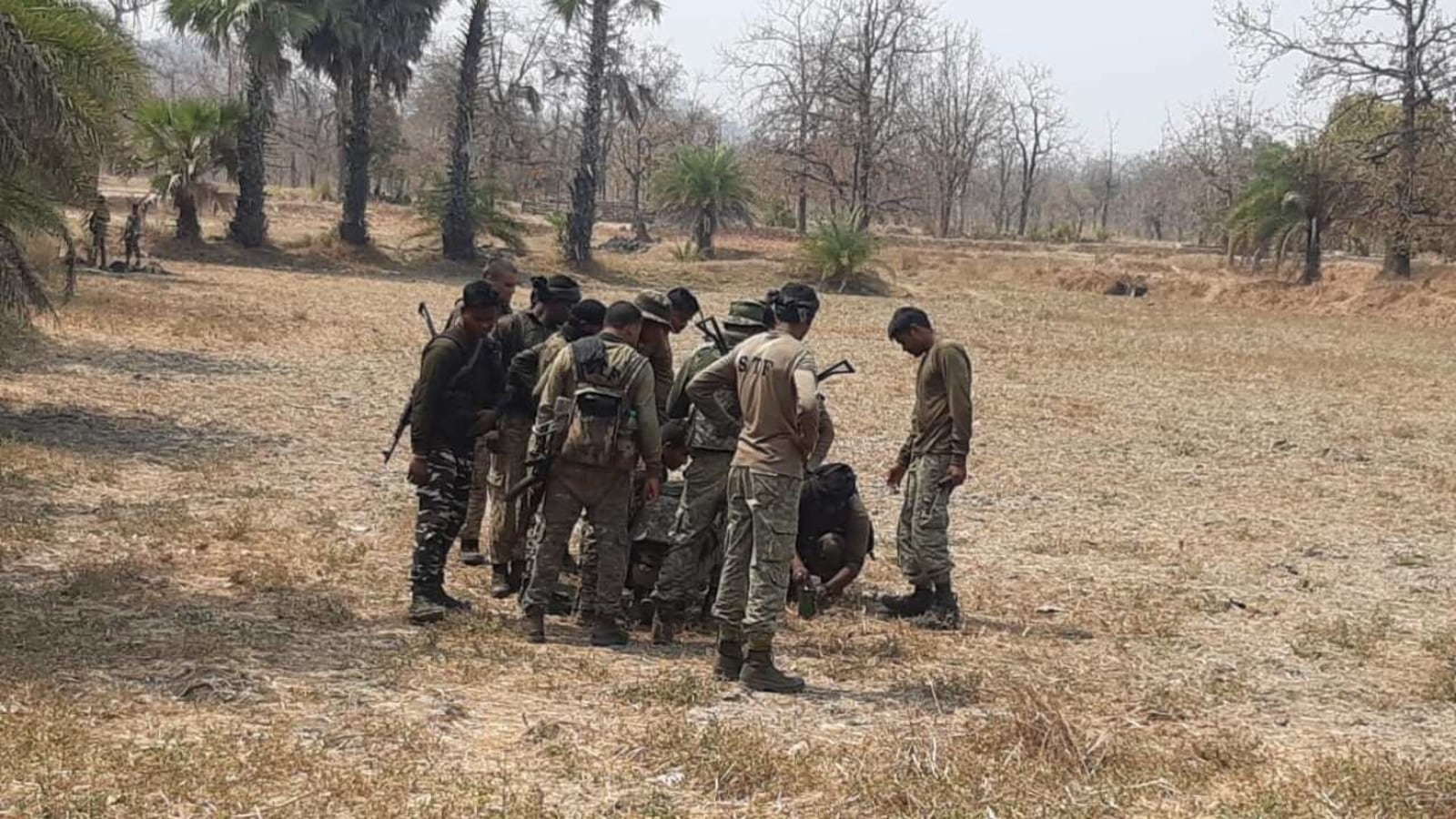By media footage appereance of guerilla, it seems to me only like verbal and simbolic involment but you have more insight into the matter, so i will just follow the events amd try to gather some more information.
China has absolutely not involved other than symbolism of being inspired by Maoism in the past. If China was involved you can bet your bottom dollar India would have made a strong demarche to Beijing.
It is really too long story to get into, and traces well back to the original communist extreme-revolutionaries (mentioned in the Print video posted earlier)....and how this impacted on India when the cold war really kicked off geopolitically (and the sino-soviet split in the early 60s and the 1962 border war between India and China).....i.e where the radicals oriented vis-a-vis these developments to get foreign backing via intelligence networks and the willing participants locally aiding this (that put communist revolution as priority over the nation etc).
There was an entire split in the communist party of India into two parties from these developments in the 1960s....and the radicals all shaped into the "maoists" over time (which was then banned) when neither party backed their overt tendencies (at least officially)....in the interest of their political sustenance.
China did not do anything above surface (w.r.t hinterland maoists), it works through subterfuge here (like most foreign powers in general)...there is plenty on offer here given India's size and disorganisation for the longest time (hawala network etc). There is enough smattering of anti-nationals in upper crust of Indian society to aid this too.
With a much smaller country like Nepal (arguably connected to the red corridor of India at its high water mark, it has had far larger impact politically...its not like the Chinese one fine day found lot of pro-CCP factions in Nepal's govt with no earlier backing and support.
Though given the logistics closeness, China was more directly involved in the N.E insurgency....I can name you several N.E insurgent leaders that have visited and stayed in China for long periods, negotiating arms and funding.
It bears similarity to Chinese involvement in various insurgencies in Burma as well (esp their ethnic kin the Kokang, who often take refuge in China when Burmese army clamps down on them)....something that carries lasting impact among the Burmese junta to this day (in their weariness/deep suspicion with the PRC behind the facade of client state).
In fact one of the very little known conflicts between China and Burma in the Mao-stabilisation era were between ROC forces that had taken shelter along the border of Burma and even inside Burma (a sort of tempered low key continuation of the Chinese civil war on the fringes of the mainland after KMT fleeing to Taiwan). These all carry lingering involvements, contacts and legacies you keep active and see what happens etc to apply a sustained pressure on an adversary where possible. Almost every great power and large power is involved in such things where the interests are there....but it takes a high intensity of it to become an official overt issue (worth upsetting relations for 90% bulk population/economy stuff etc).
So these all weren't overt large involvements (or official/admitted by any stretch) but neither were they zero...they bear significant impact, but of course depending on the size of the country and its inherent inertia.
The latter is the basic strategic way India over time has reduced maoist insurgent activity as seen by the numbers of dead/year reducing significantly and also the maps posted earlier on the affected districts (showing ground lost by maoists last cpl decades)......contrasting to a maoist party (involved in significant previous insurgency conflict) being mainstreamed/absorbed as a large political faction in Nepal for example (but India also manevuering politically among this lot now too).









